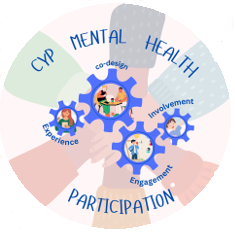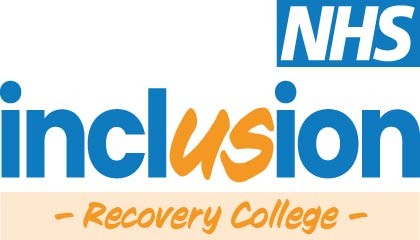On this page…
Falls Prevention Service - South Staffordshire
We are a specialist team working within the community available for people aged 65 years or over (Burntwood, Lichfield and Tamworth 18 and over) who aim to increase awareness and prevent (further) falls in people who have had a fall or are at risk of having a fall which may result in a serious injury such as broken bones.
An assessment form is used to identify patients at risk which shows whether there is a low, medium or high risk of having a fall.
The service is a therapy-led team consisting of an Occupational Therapist, Physiotherapist, Assistant Practitioner and Integrated Support Worker.
The service includes:
- 1:1 interventions within the home, as well as group interventions within the community setting
- Tailored training to specific professional and non-professional groups within the community
- Input into nursing and residential homes to help those at risk of a fall
Specialist Falls Team - North Staffordshire and Stoke-on-Trent
The Specialist Falls Team provides assessment, advice and management to people in North Staffordshire and Stoke on Trent who have already fallen, or may fall and who are at risk of serious injury such as broken bones.
Care is provided where the patient lives, in their own home or care home for example.
The team also provides advice and support to other health professionals and has close links with the consultant led falls clinic, falls responder service, and care home physiotherapy service.
East Staffordshire Falls Management Service
Details of the East Staffordshire Falls Management Service can be found here













